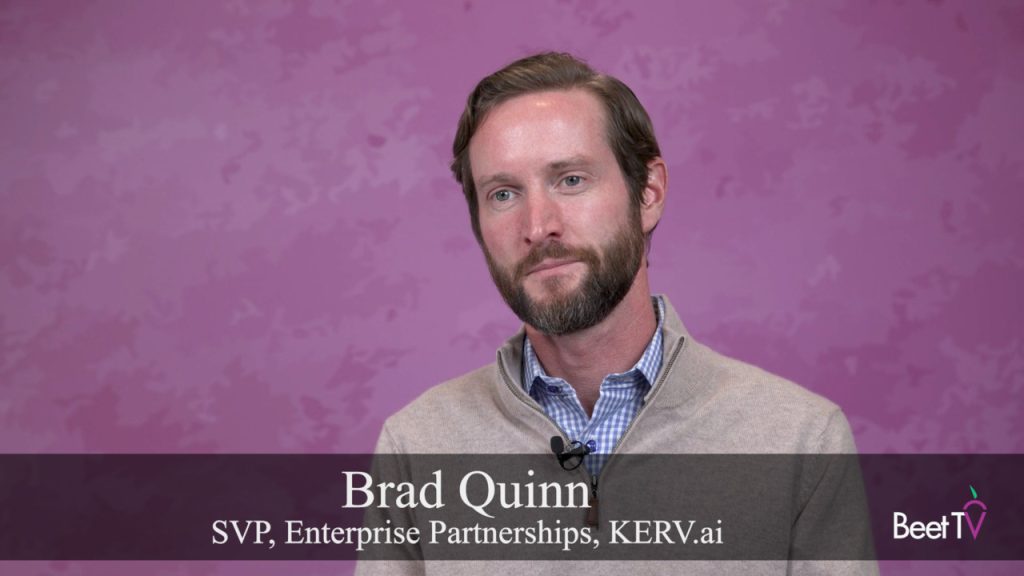The adoption of addressable advertising is accelerating, with 65% of advertisers including it in their upfront negotiations this year, according to Larry Allen, VP & GM of Addressable Enablement at Comcast Advertising. Of those who have not yet used addressable advertising, two-thirds intend to do so in next year’s upfront.
Allen attributes this growth to the education and organization efforts of Go Addressable, a trade organization formed a year ago to focus on educating the buy-side about the benefits of addressability, helping to scale its adoption, and simplifying the workflow.
“The implication is that the organization and the education we’re doing is working. We’re actually progressing year over year in driving adoption and getting people to really lean in to the benefits of addressable,” said Allen in this video interview with Beet.TV.
Addressability vs. Targeting
Addressable advertising leverages durable household identity paired with authenticated inventory to reach audiences at scale, Allen explained. This differs from targeting, which relies on a set of attributes that are often probabilistic in nature.
Addressable TV Advertising Grows for Third Year in a Row as 53% of Advertisers Call It a Must-Buy
“Addressability is a way for you to reach your audience with confidence at scale,” Allen said.
By going “addressable-first,” advertisers can reach their desired audience with confidence and deliver better campaign results compared to buying general linear or targeted CTV, he added.
Addressable advertising is now being used across a wide range of categories, with pharmaceutical ad buyers coming into the arenasentrant. Despite regulation, pharma companies can use data to isolate households and ensure their message reaches people more likely to have a specific condition without annoying those less likely to have it, Comcast Advertising’s Allen’s said.
Go Addressable recently held its 2024 Summit, where the research was revealed.
You’re watching Beet.TV coverage of “Go Addressable 2024: TV, Unified – The Intersection of Addressability & Innovation”, presented by Go Addressable.































